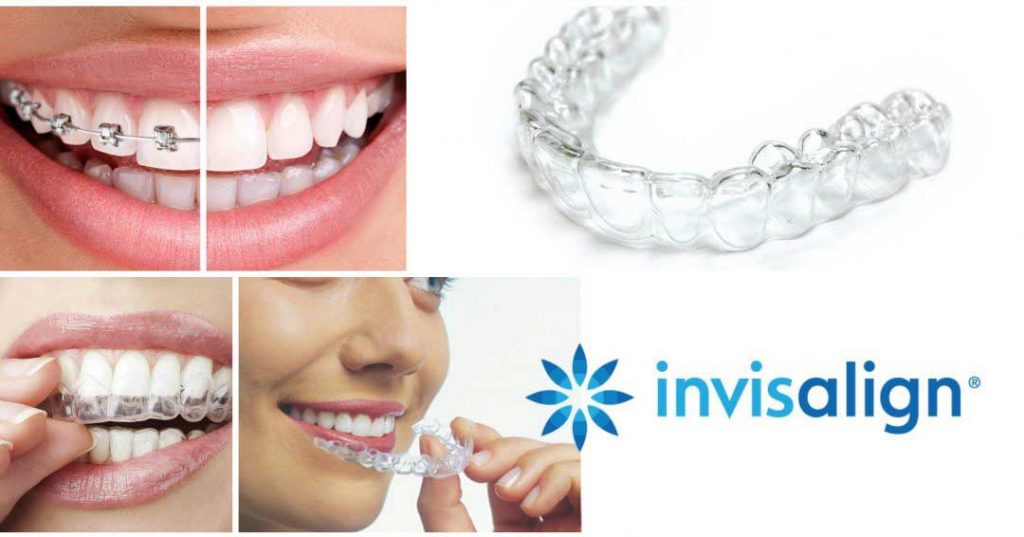A specialist branch of dentistry which deals with problems related to the alignment of the teeth and jaws. This includes malocclusion (bad bite), misaligned jaws, e.g. temporomandibular jaw disorder (TMJ) and bruxism (teeth grinding).
Most treatments are designed as a form of correction, especially in the case of crooked or protruding teeth. But cases of malocclusion are often categorised as cosmetic dentistry in that they often form part of a ‘smile makeover’ package.
There are several benefits to having well aligned teeth which include a reduced risk of tooth decay and other conditions caused by out of place teeth.
WHAT IS A BRACE?
This is a dental device which is made from plastic or metal, e.g. nickel titanium which is worn in the mouth to correct crooked or misaligned teeth.
A brace consists of a small plate with springs and wires attached which apply a gentle pressure to the teeth, thereby causing them to move into a correct alignment.
Braces help to pull misaligned teeth back into position; corrects an overbite or crossbite; prevents overcrowding of teeth and malocclusion; treats jaw disorders such as TMJ.
WHO IS SUITABLE FOR A BRACE?
Dental braces can be worn by children as young as 8. In fact, children benefit more from wearing a brace as the bones in their face are still growing and respond better to a brace.
Modern dental braces are comfortable to wear and less noticeable than before. There are clear or invisible braces which are worn over the teeth and are practically undetectable to the naked eye.
TYPES OF DENTAL BRACES
There are different types of braces which are suitable for both adults and children.
These include:
Clear Braces
To learn more about Clear Braces follow this link.
Self-ligating braces
Self-ligating braces look very similar to the traditional fixed braces that orthodontists have used to straighten teeth for decades. However, they are now available with clear or ceramic brackets, making them far more discreet.
They also use clips instead of elastic bands to hold the brace’s wire in place. This creates less friction and makes it easier for you to brush around your brace and keep your teeth clean during your orthodontic treatment.
Self-ligating braces can be used to effectively treat simple or complex problems
They can also achieve precise results by giving your clinician complete control over the way your teeth move
